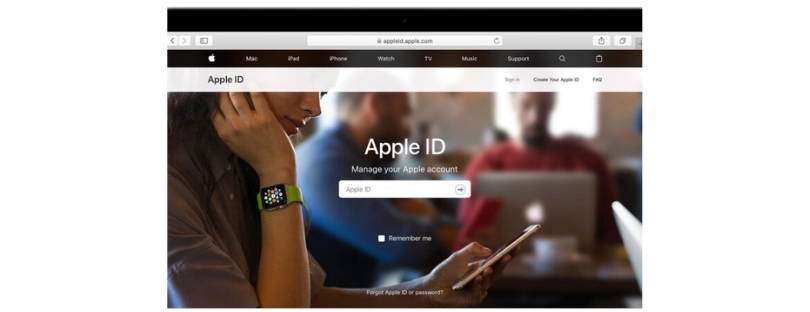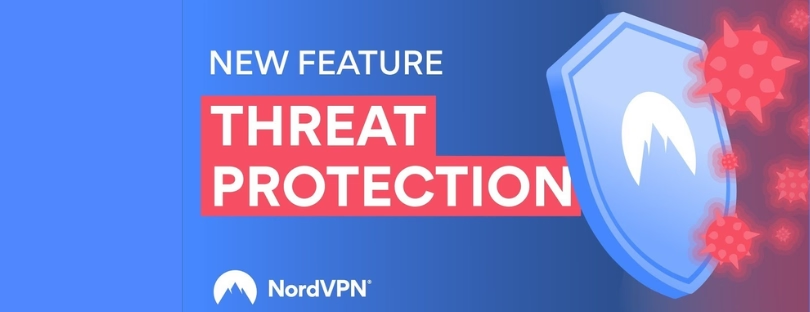
What is parental control on the internet and why is it important?
The Internet and new technologies are already essential tools in the education of millions of children and adolescents. It is also a meeting and leisure place. They spend more and more time in these scenarios, which, moreover, open the doors to new knowledge, people, and experiences that can change their way of being and understanding the world.
But these scenarios must be safe spaces free of age-inappropriate content that may expose them to hate messages, sexual or violent content, messages that may affect their physical or mental health, contact with adults, etc.
What is parental control on the Internet?
In the face of these realities, parents and educators have parental control tools on the Internet, Telefonica reports. These are a series of tools that support children’s learning about the use of digital environments, limiting the functions and scope of the devices when they connect to the network, as INCIBE, the National Institute of Cybersecurity, points out in its Safe Internet for Kids initiative, IS4K.
The same body has published a guide detailing existing tools to help parents and educators and classifying Internet parental control tools according to need. Firstly, it highlights content filtering systems that block minors from accessing inappropriate content. Secondly, it is possible to control the time the child spends surfing or to stop surfing after a certain time.
Parents and educators can also opt for activity monitoring, which generates a report of browsing and search history. In addition, they can access the geolocation function that tracks the path of a device, and finally, they can activate the configuration protection to prevent unwanted modifications to the parental control settings, so that minors cannot delete all these options.

In addition, the IS4K program classifies parental control tools according to whether they refer to options offered by different operating systems or to parental control applications. The former does not need to be installed as they come by default in the system and only need to be configured, while the latter are applications or programmes that control the available functions of the devices.
Parental control tools on social media
Given the growing importance of the need to protect children from age-inappropriate content and other problems such as cyberbullying and online grooming, large companies in the sector such as social media and audiovisual content platforms, as well as telecommunications companies, have launched a series of initiatives to help parents and educators control the content accessed by young people.
That’s the case with Instagram. Currently, along with TikTok, it is the most popular social network among teenagers. It has therefore taken a step forward to give parents more control over the experience of its youngest users.
So, thanks to this, parents can know how much time they spend on this social network and set time limits, see which profiles they follow and which ones follow them, and those responsible will receive notifications when they follow or are followed by someone new.
To begin with, these new features have been implemented in the United States and, progressively -according to Adam Mosseri, the head of this social network-, they have been extended to a global level. They also have a guide to help parents teach their children how to surf the net safely.
Content providers such as Movistar Junior, Netflix or Youtube Kids also offer support to parents with functions such as content filtering, usage time control, protection of settings, creation of age-appropriate user profiles or deactivation of the search function.
How to exercise parental control in today’s world
Above all, the starting point must be commitment, determination and time commitment. Parents must make it an educational priority and act accordingly. In 2020, a Funcas study showed that 54% of parents of children under 15 years of age were monitoring their children’s electronic devices. These are some of the alternatives with which we will need to familiarise ourselves:
- Google SafeSearch. Block websites and limit affiliate searches. It is useful when they use Google as their default search engine.
- Parental controls of the operating system of the devices. Apple’s MacOS, Microsoft’s Windows, Amazon’s Fire… allow you to activate limitations for the little ones. Important: we must always use the most up-to-date version.
- Multifunctional external controls. These are general systems, such as Qustodio and NetNanny, which are sometimes expensive.
- Mobile monitoring applications. Among others, Bark, Qustodio, Circle, Bark, WebWatcher, Clevguard or TeenSafe. For example, they send you alerts when they use words like drug or sex.
- GPS trackers. They are effective in finding out where the kids are, but they have to have their mobile phones on.
Other technological solutions exist and interesting innovations are constantly emerging. But always, in any case, parental control requires time, dedication and commitment from everyone.








